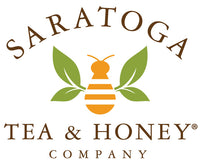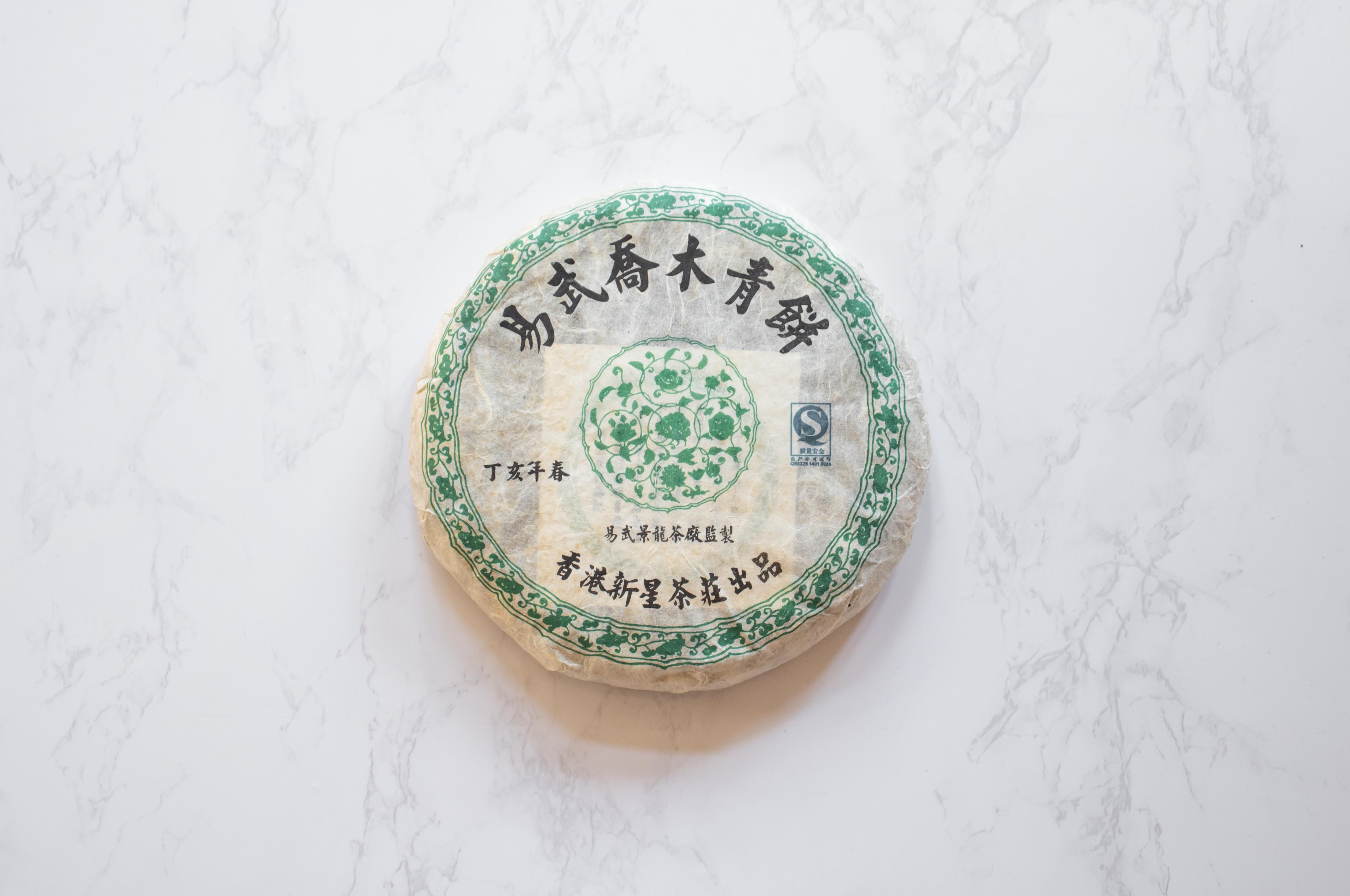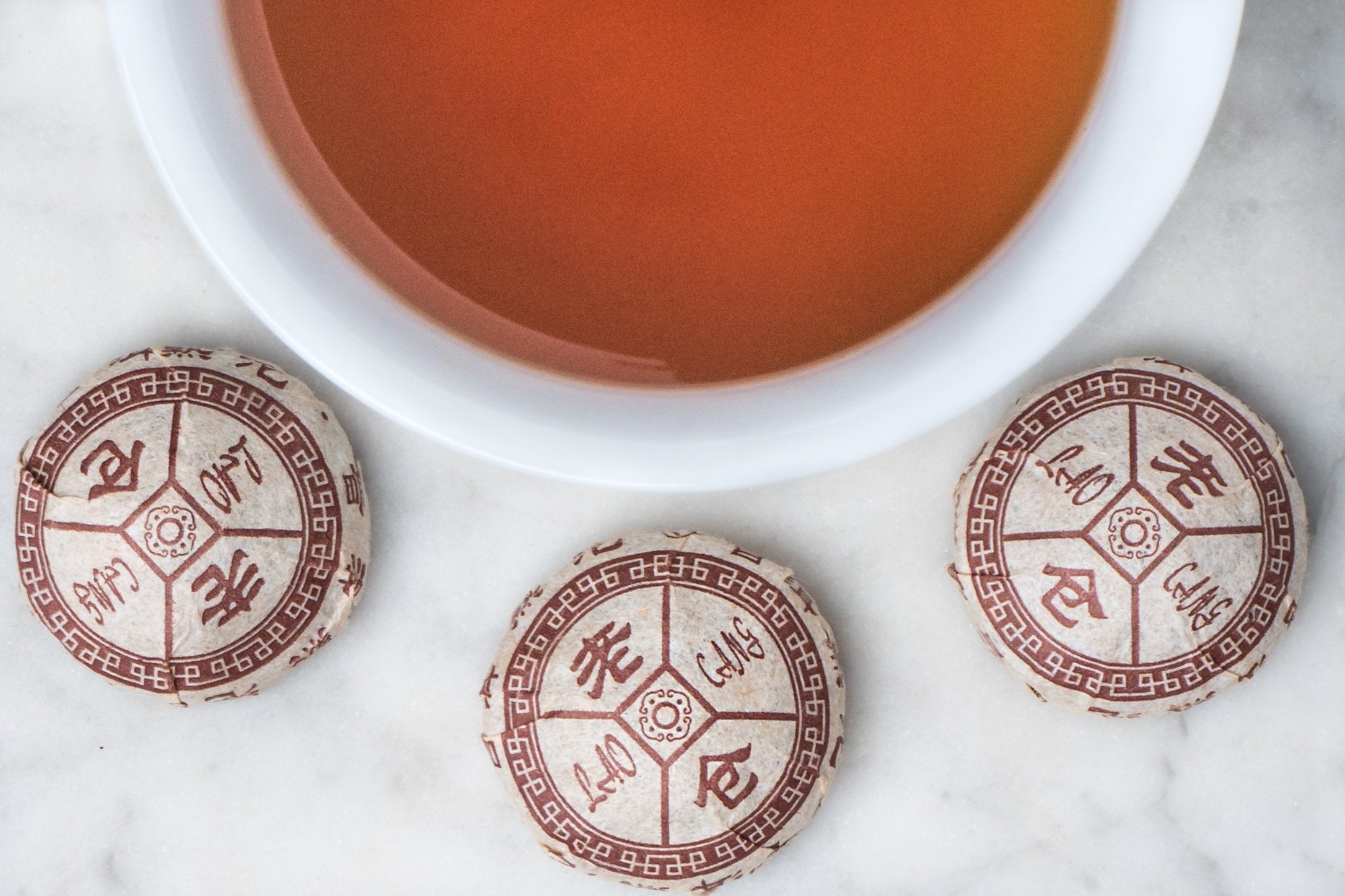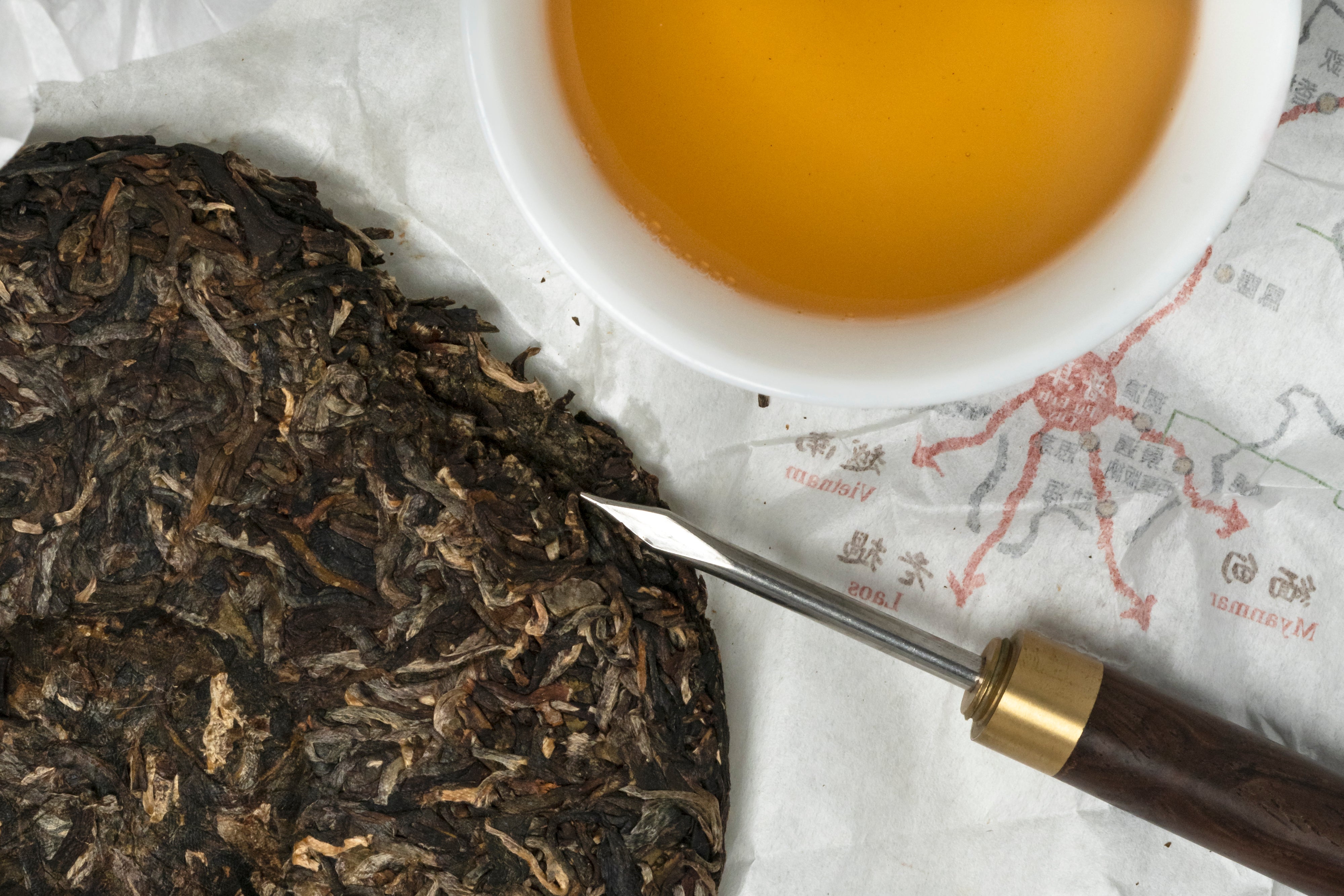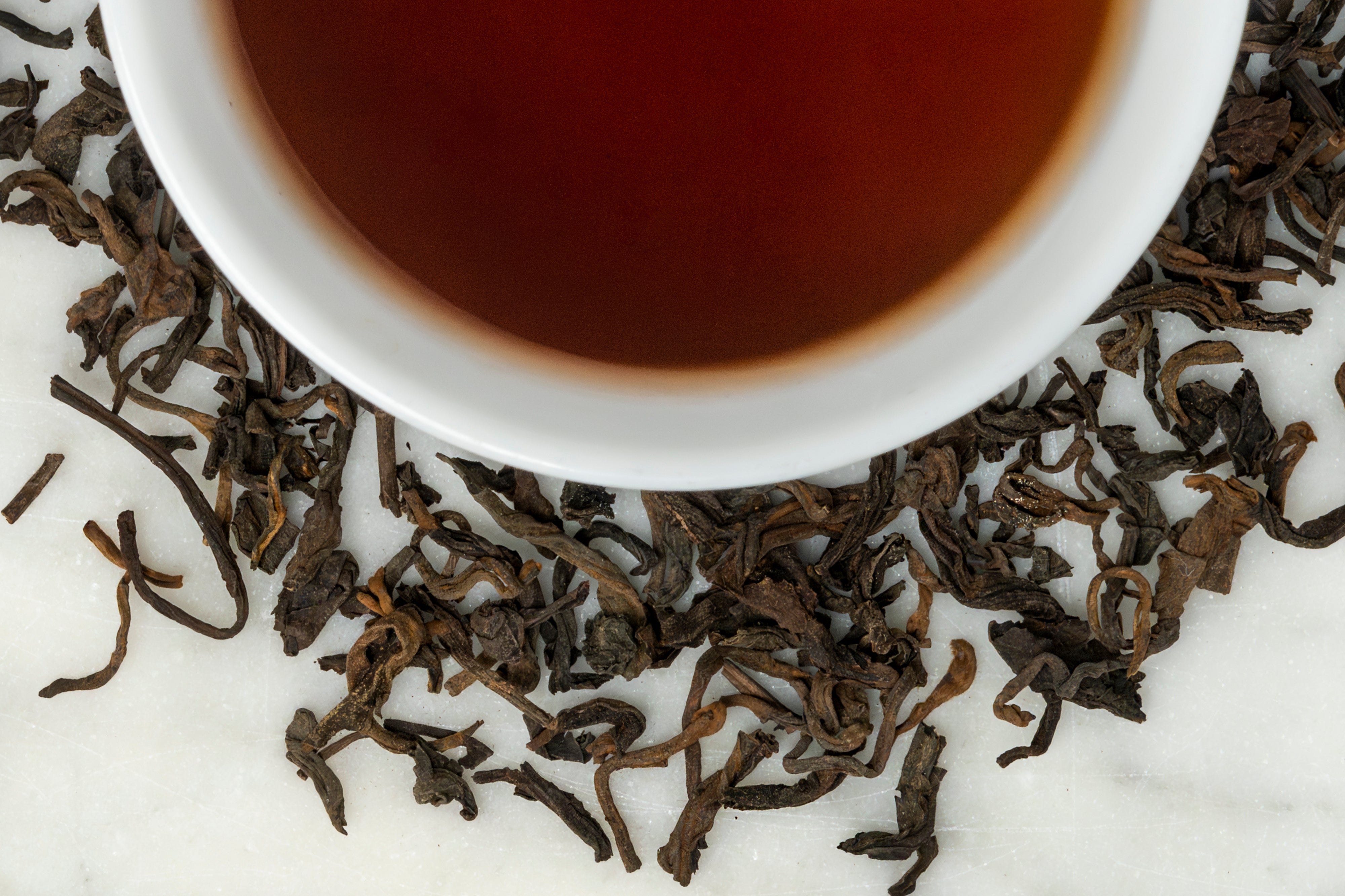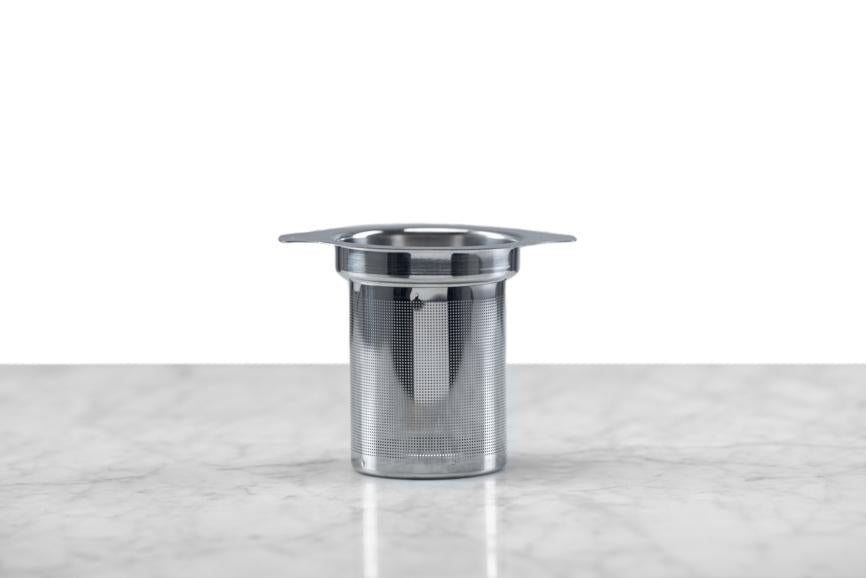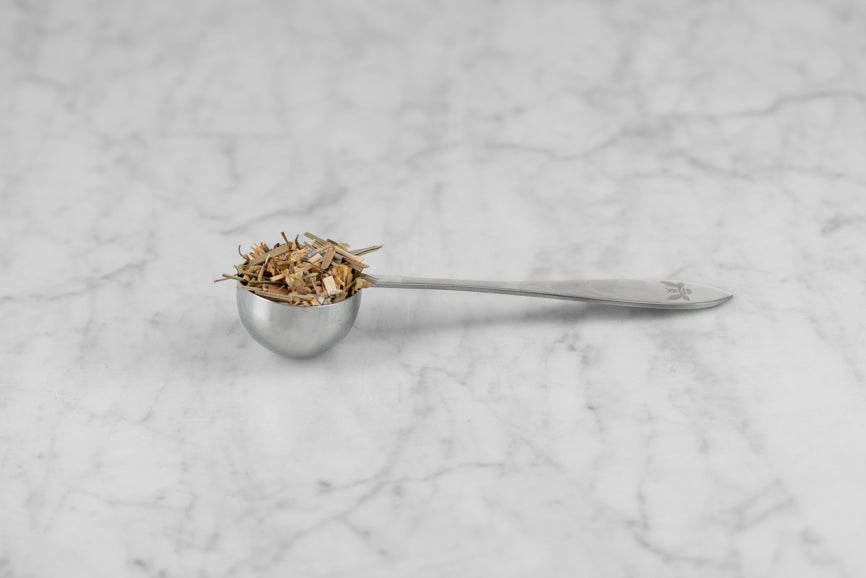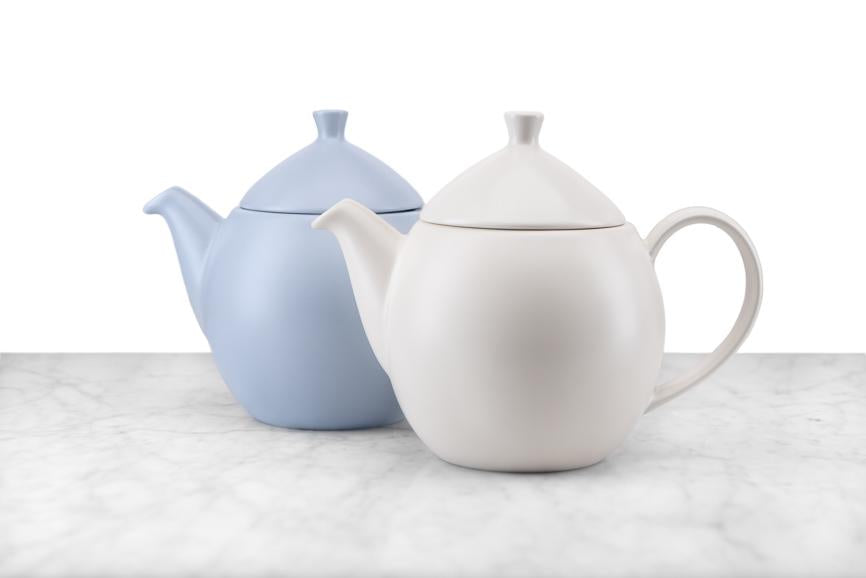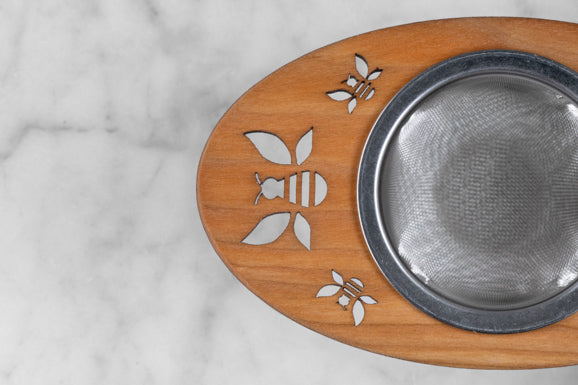Aged Tea & Pu Erh
No filters available for this collection
From $ 36.00
From $ 1.75
From $ 32.00
From $ 4.00
Loose Leaf Tea Collections
About Aged Tea
Like a finely aged wine or whiskey, you can taste the time in a perfectly fermented tea cake, with notes of chocolate, tobacco, and richly moist soil. Aged tea is commonly sipped in China after meals and acts as a digestive aid. Ever-increasing in popularity among tea and coffee drinkers in the West, we recommend giving pu erh tea a try if you like dark chocolate, coffee, and getting multiple steeps out of your leaves (sometimes up to 10 steeps!). It is important to note, however, that while all pu erhs are aged tea, not all aged teas are pu erh! Pu erh tea (sometimes spelled, pu'er), is a domain specific designation to Yunnan province in China, though this style of tea is now also made elsewhere. While some of our Aged Tea collection is indeed pu erh, we also feature other aged teas and hei cha (a precursor to shou-style fermentation).
Sheng vs. Shou Pu Erh Tea
In the shortest of possible explanations, sheng (raw, green) Pu Erh is allowed to develop and age naturally while shou (ripe, black) Pu Erh is exposed to an accelerated fermentation process. This is why you will often notice a price difference between the two styles of Pu Erh tea, but does not necessarily mean that one is "better" than the other - both are excellent examples of an ancient style of tea with different production lengths. Which style of Pu Erh you prefer will probably depend on your taste buds (and even the tea itself)!
Pu Erh teas are meant to be contemplated over, explored, and savored. We invite you to visit our blog for more health and cultural information about the different styles of Pu Erh tea.
How to Brew Aged Tea
Brewing aged tea is not complicated, though it can be very ritualistic. At first, we recommend thinking of your aged tea like a strong black tea and brewing them similarly. As you get more intrigued by nuance, start following our guide to brew the best Western-style and Yixing pots of aged tea you and your friends will ever sip!
Everything You Need to Brew
$ 14.00
From $ 36.00
$ 18.00

